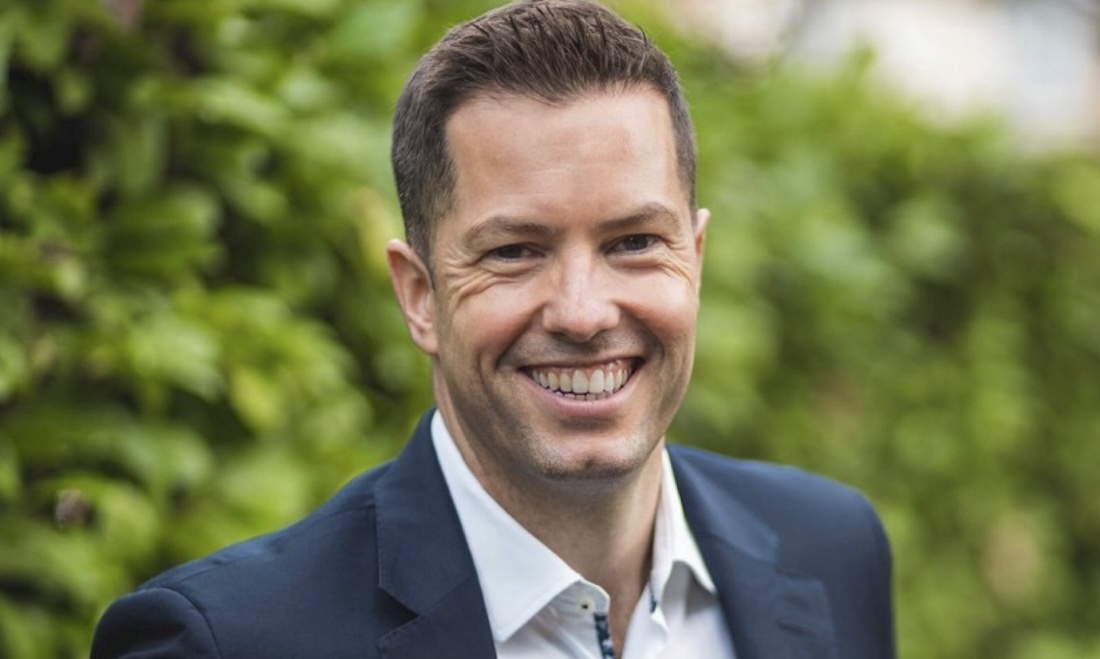Rob Gardner, co-founder of Rebalance Earth, the asset manager behind the Rebalance Earth (UK) Nature Restoration Fund, writes that when we think of assets, we rarely think of trees, rivers, and seagrass.
However, nature and its ecosystem services are the most valuable asset class on the planet. The services that nature provides to our planet, such as flood protection, drought reduction, water purification, crop pollination, and carbon sequestration, are worth an estimated USD140 trillion annually globally, which is nearly one and a half times greater than global GDP.
Did you know in the UK, your home is more likely to be flooded than burgled? Nature is business-critical infrastructure. The whole economy is highly dependent on nature. We can all see the increasing cost of nature-related risks, like flooding or drought, on businesses. Still, because we don’t value nature as we should, we don’t see it as part of the solution.
We have neglected to maintain and upgrade our nature-based infrastructure, which has depleted 70 per cent of all wildlife globally. However, investing in nature and paying for its ecosystem services is the most efficient way to solve the climate and biodiversity crises, drive a thriving nature-based economy and create a world worth living in.
Though we are at a crisis point, we can reverse the damage. This isn’t about philanthropy; nature means business, and investing in nature still creates economic growth.
Our big idea is to redirect the flow of capital to protect and restore nature at scale. Nature provides invaluable ecosystem services, increases business resilience, and reduces nature and climate risks. Still, despite understanding its importance, we’re not valuing it. So, how do we transition to a nature-based economy, one where Nature is valued, making it possible for businesses to invest in and pay for nature for the first time? We need to start thinking about nature as an asset.
Nature as an asset
An asset has one or more of the following three characteristics: cash flow, utility, and scarcity value – and we haven’t conceptualised nature in this way before. Using seagrass as an example, we can relate to nature as an asset.
Seagrass meadows have substantial cash flow potential for the local communities and businesses, starting with breeding and feeding grounds for numerous juvenile fish species, including bass, plaice, and pollock, which have commercial value if fished sustainably.
Seagrass is in decline globally due to human impacts threatening the loss of these free services. Once plentiful in UK coastal waters, these meadows are now diminishing alarmingly. Seagrass meadows shrank by over 90% from around 80,000 to 8,000 hectares. As they disappear, their importance and scarcity surge in value.
In addition to providing biodiversity which can be fished sustainably, seagrass captures carbon, cleans the water and helps mitigate flood and protect the shore from erosion. Further, when you have seagrass, you get key stone species back like the seahorse. These utilities need to be paid for.
Our solution is to highlight five key problems that exist for companies here in the UK, caused and increased by climate change and nature loss – Flooding, Drought, Water Quality, Biodiversity and Carbon – and work to solve these issues, by demonstrating the significant benefits companies get for paying for nature’s services to improve their resilience. This payment, paid for by the companies who benefit via ‘Nature as a Service’ (NaaS) offtake agreements, which creates a financial return for the investor, which makes nature an investable asset class.
Getting companies to pay for nature via NaaS offtake agreements generates cashflow making it an asset with tangible value, which encourages us to take care of it. This is where we stop destroying nature and start restoring it.
We aim to build a portfolio of long-term NaaS contracts from a diverse group of companies, combined with creating biodiversity units and, carbon credits, that we believe will deliver an 8 to 12 per cent return to our investors, whilst adapting to and mitigating climate change and nature loss.
The UK’s nature deficit requires an estimated GBP50 to 100 billion over the next 10 years, and we see long term asset owners, like pension funds as instrumental in bridging the finance gap. A 2 per cent allocation from the UK pension industry to invest in nature could generate the necessary funds to redirect the flow of capital, making our ambition a reality.
By taking this approach, we will reduce risks for companies, create a financial return for pension funds, and create a UK worth living in.







